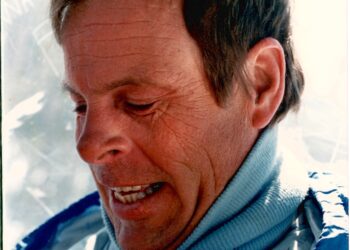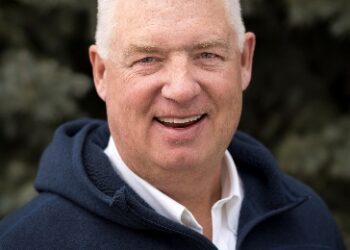By Bay Stephens EBS STAFF WRITER
BIG SKY – The Big Sky Water and Sewer District board agreed in their Feb. 19 meeting to have a hydrogeologic study of the meadow aquifer conducted, an initial step toward an innovative and sustainable effluent disposal option commonly practiced in the southwest states.
The board agreed to draft a request for proposal for a firm to conduct the comprehensive study on the aquifer, which lies beneath Big Sky Town Center, the Big Sky Golf Course and Meadow Village Center, and supplies part of Big Sky’s drinking water.
The study, according to engineer Scott Buecker of Bozeman-based Advanced Engineering and Environmental Services, would reveal more about the anatomy of the aquifer, and how water and nutrients move through it. It would also be a key step for the district to determine whether recycling highly treated effluent via the meadow aquifer, a method called indirect potable reuse, is possible in the future.
Implementing such an effluent disposal option would only be possible after phases one and two of the BSWSD wastewater treatment plant upgrade were completed, raising the district’s effluent to an extremely high quality. Phase one is now under design by AE2S while phase two is not currently necessary for the district to meet its effluent-disposal needs, according Buecker.
Indirect potable reuse involves injecting this treated effluent back into the groundwater, recharging the aquifer so wells in that aquifer draw the same water for treatment and drinking. The method enables water to be used multiple times and has become more common practice in arid southwest states, Buecker said.
Although it’s common elsewhere, direct potable reuse has never been done in Montana and requires an aquifer that supports the process.
The hydrogeologic study would reveal whether the meadow aquifer could support indirect potable reuse. If so, the district would then have to work with the state’s Department of Environmental Quality to develop regulations for the unprecedented effluent reuse option.
“It’s not a slam dunk,” Buecker said, explaining that the meadow aquifer is already known to be complex, potentially presenting challenges to effluent injection and reuse.
Despite the uncertainty, other stakeholders are excited about the process, including Upper Missouri Waterkeeper Executive Director Guy Alszentser.
“This is probably the happiest I’ve been,” Alszentser told the board on Feb. 19. “I’m really glad to see the board taking the initiative to investigate thoroughly another means of disposal that is in line with what [the conservation community] thinks is the highest and best use of water. I think it speaks to the integrity of the process here.”
Performing a comprehensive study of the aquifer that allows the district to know definitively how water moves could cost $300,000, Buecker estimated. In a phone interview after the meeting, Buecker added that such a study could take around two years.
Although the need to supply more water to Mountain Village presses as Big Sky grows, the board also voted to wait to develop treatment options for two wells at the base of Lone Mountain until further well exploration takes place this spring.
The two wells were drilled in the 1990s by Lone Mountain Springs, the Boyne Resorts-owned-and-operated utility for Mountain Village before the district took over. Although initially promising sufficient outputs, recent tests revealed the wells could produce only paltry amounts over sustained periods compared to what was expected, and could require expensive treatment and filtration.
“We need to find more water one way or the other,” BSWSD Water Superintendent Jim Muscat told the board. “We can’t expand on the mountain without more water because we thought we had [enough]. We don’t. We have a water deficit on the mountain, and we have to … find greater [water] supplies.”
It’s a very real possibility the well exploration unearths no better alternatives, Muscat added in an email to EBS, but said it’s worth a shot.














